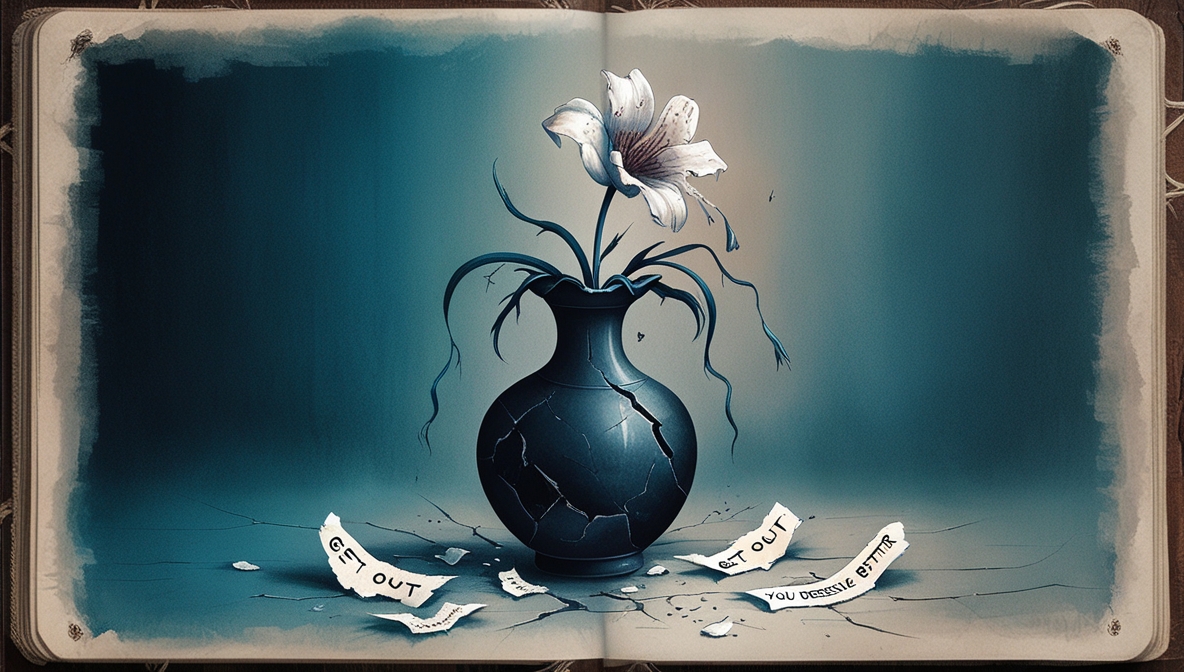A toxic relationship can take a significant toll on your emotional and mental well-being. Recognizing the signs of a toxic relationship and knowing how to address it are crucial steps toward healthier interactions and self-preservation. Understanding how to maintain healthy relationships can prevent such dynamics from developing in the first place. Here’s a guide to identifying toxic relationship patterns and steps to take if you find yourself in one.
Signs of a Toxic Relationship
1. Constant Criticism and Belittling
- Characteristics: Frequent criticism that undermines your self-esteem and confidence. Belittling comments or demeaning behavior are common.
- Impact: You feel consistently put down, and your self-worth may suffer over time.
2. Lack of Respect and Boundaries
- Characteristics: Disregard for your personal boundaries and disrespect for your needs and feelings. Your boundaries are frequently violated or ignored.
- Impact: You may feel your personal space and autonomy are compromised, leading to frustration and discomfort.
3. Manipulative Behavior
- Characteristics: One partner uses manipulation tactics to control or influence the other. This can include gaslighting, guilt-tripping, or deceit.
- Impact: You feel confused about your own reality and may start doubting yourself or your perceptions.
4. Frequent Arguments and Hostility
- Characteristics: Constant fighting, arguing, and a general atmosphere of hostility. Disagreements escalate quickly and resolve poorly.
- Impact: The relationship feels like a battleground, and you may experience ongoing stress and anxiety.
5. Emotional or Physical Abuse
- Characteristics: Any form of abusive behavior, whether emotional, physical, or verbal. This includes threats, intimidation, or physical harm.
- Impact: Your safety and emotional health are at risk, leading to fear and trauma.
6. Isolation from Support Systems
- Characteristics: Efforts by one partner to isolate the other from family, friends, or other support networks. This could involve discouraging social interactions or creating conflict with loved ones.
- Impact: You may feel alone and unsupported, which can further entrench the toxic relationship dynamics.
7. Lack of Accountability
- Characteristics: One partner avoids taking responsibility for their actions or mistakes. They may deflect blame or refuse to acknowledge their faults.
- Impact: Problems remain unresolved, and you may feel burdened by issues that are not being addressed or rectified.
How to Get Out of a Toxic Relationship
1. Recognize and Acknowledge the Problem
- Steps:
- Reflect on your feelings and experiences within the relationship.
- Identify patterns of behavior that align with toxic relationship signs.
- Understand that acknowledging the issue is the first step toward making a change.
2. Set Clear Boundaries
- Steps:
- Define what you need to feel safe and respected. Communicate your boundaries clearly and assertively, using effective communication tips for a stronger relationship.
- Communicate your boundaries clearly and assertively.
- Be prepared to enforce these boundaries consistently.
3. Seek Support and Guidance
- Steps:
- Reach out to trusted friends, family, or a counselor for support and advice.
- Share your concerns and experiences with those who can offer objective perspectives.
- Consider seeking professional help from a therapist who specializes in relationship issues.
4. Develop a Safety Plan
- Steps:
- If the relationship involves physical or emotional abuse, create a plan to ensure your safety.
- Identify safe places to go, people to contact, and necessary steps to take in an emergency.
- Keep important documents and resources accessible for when you decide to leave.
5. Make a Decision and Take Action
- Steps:
- Decide whether to address the issues within the relationship or to end it.
- If ending the relationship, plan and execute the separation in a way that prioritizes your well-being and safety.
- Communicate your decision clearly and prepare for the emotional and practical implications of the breakup.
6. Focus on Self-Care and Healing
- Steps:
- Prioritize your emotional and physical well-being post-breakup.
- Engage in activities that promote healing, such as therapy, exercise, and hobbies.
- Reconnect with your support network and build new, positive relationships.
7. Learn and Grow
- Steps:
- Reflect on the experience to gain insights into what you want and need in future relationships.
- Recognize patterns that may need addressing to avoid repeating similar issues.
- Commit to personal growth and development to foster healthier relationships in the future.
Conclusion
Recognizing the signs of a toxic relationship and knowing how to address it are crucial for your well-being. By acknowledging the problem, setting boundaries, seeking support, and focusing on self-care, you can navigate the challenges of a toxic relationship and work towards healthier, more fulfilling connections.
